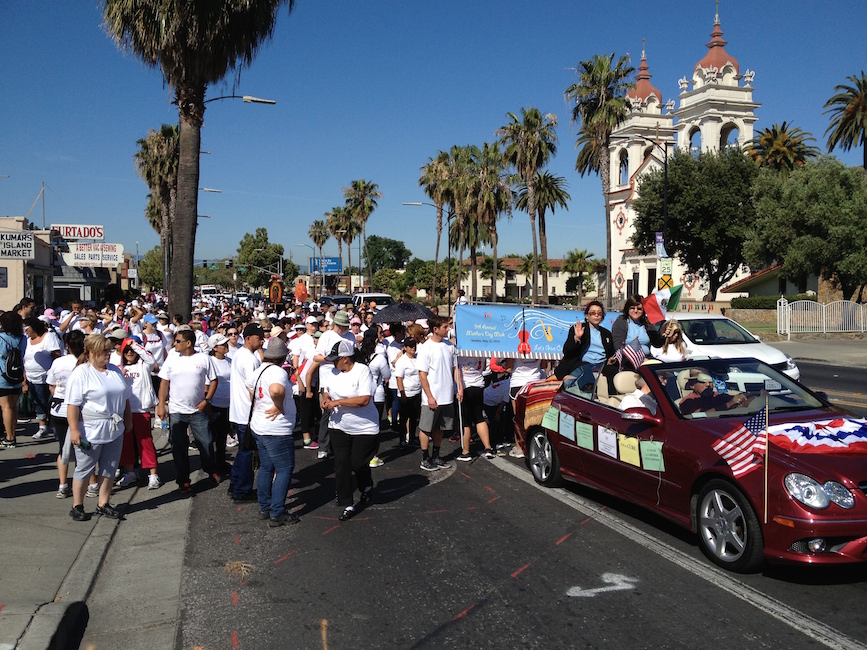A common challenge for nonprofits that implement events – in person or virtual – is turning one-time participants into long-term supporters. These five tips will help you focus on the data and communication needs to build long-term relationships.
Build the data you need at the beginning
Quality data is critical in this process. When you are constructing your website or other registration tools, consider what information you will want to know about your participants after the event. How did they hear about the event? What other volunteer opportunities are they interested in? Does your participant prefer communication via email, phone, or text? Determine what information is going to help you best manage your participants throughout the campaign and provide quality long-term information. Build the mechanisms to capture that data into the event as it begins.
Thank them before the event
Autoresponders and scheduled event email messages can only take you so far. Most of your participants know that these notes are auto-populated. When planning your event, build two days into your event calendar to call and personally email your participants. Don’t ask for additional donations or encourage them to do more – tell them you appreciate them and ask if there is anything you can do to help them. This is a time-intensive process for most small nonprofit organizations, so utilize volunteers when applicable. This small step helps your participants know that you appreciate their time and enables you to identify any issues they might be having before the event.
Remind them of their impact
Your communication to event participants should remind them of the tangible mission impact that their time and donations have. It’s not enough to say you’re helping the environment – tell them that $100 allows your organization to maintain one mile of a hiking trail for a year. As we’ve spoken about in this space – donors want to know how their time and contributions are explicitly helping. Remind your participants of their impact as often as possible. These actions will help educate and engage them.
Build your post-event communication before the event begins
What do you want to accomplish with this group of participants after the event? How do you want to maintain communication? How will you continue to cultivate their engagement throughout the year? These are questions that need to be answered before your event begins. Take the time to ensure that your organization has a post-event strategy in place. Building an effective communication plan will help maintain strong retention rates and avoid volunteer burnout.
Have a post-event survey ready
Too often, event staff get to the end of an event and collapse. Don’t assume that you’ll have the time and energy to tackle a survey after the event. Create, edit, and test a survey months before your event date. It is far easier to add a pertinent question or two in the days after an event than it is to develop an entire survey. Determine what information from participants will help you improve the activity in future years and build quantitative and qualitative opportunities for feedback. Your participants appreciate the opportunity to share.
These are small but important steps to ensure that you create an experience that will help encourage participants to become long-term supporters.
Photo Credit: Justin Clark at the Latinas Contra Cancer Mother’s Day Walk.

Justin (he, him) is a Principal and Co-Founder of Social Change Consulting. He has over fifteen years of nonprofit experience, with expertise in online fundraising, digital communications, and data management. Justin helps organizations connect their communication strategy to their income development needs. When he’s not on the clock, Justin is exploring Berlin, running, listening to too many podcasts, and drinking too much coffee.
